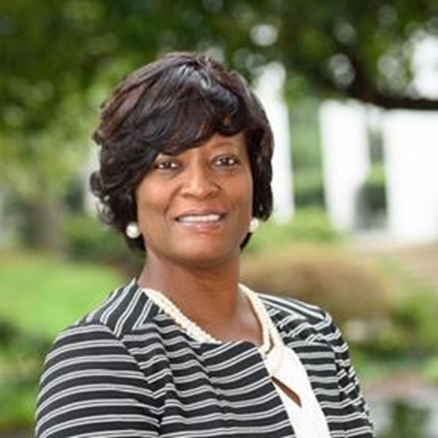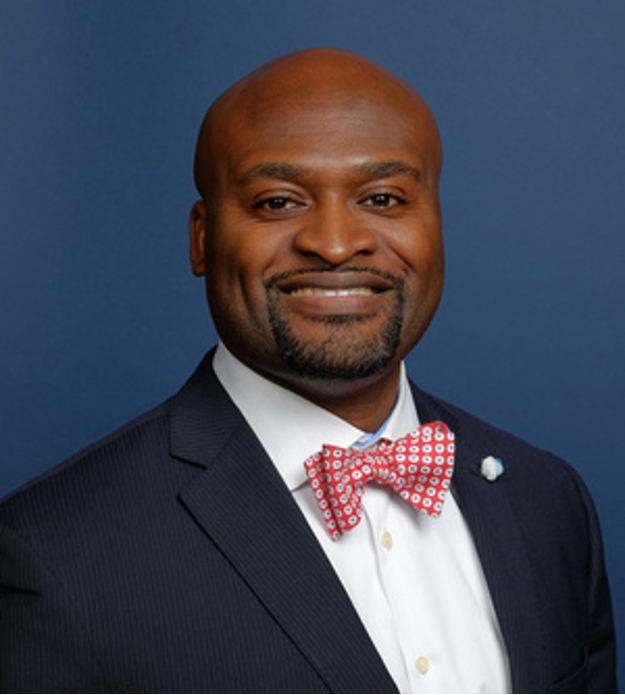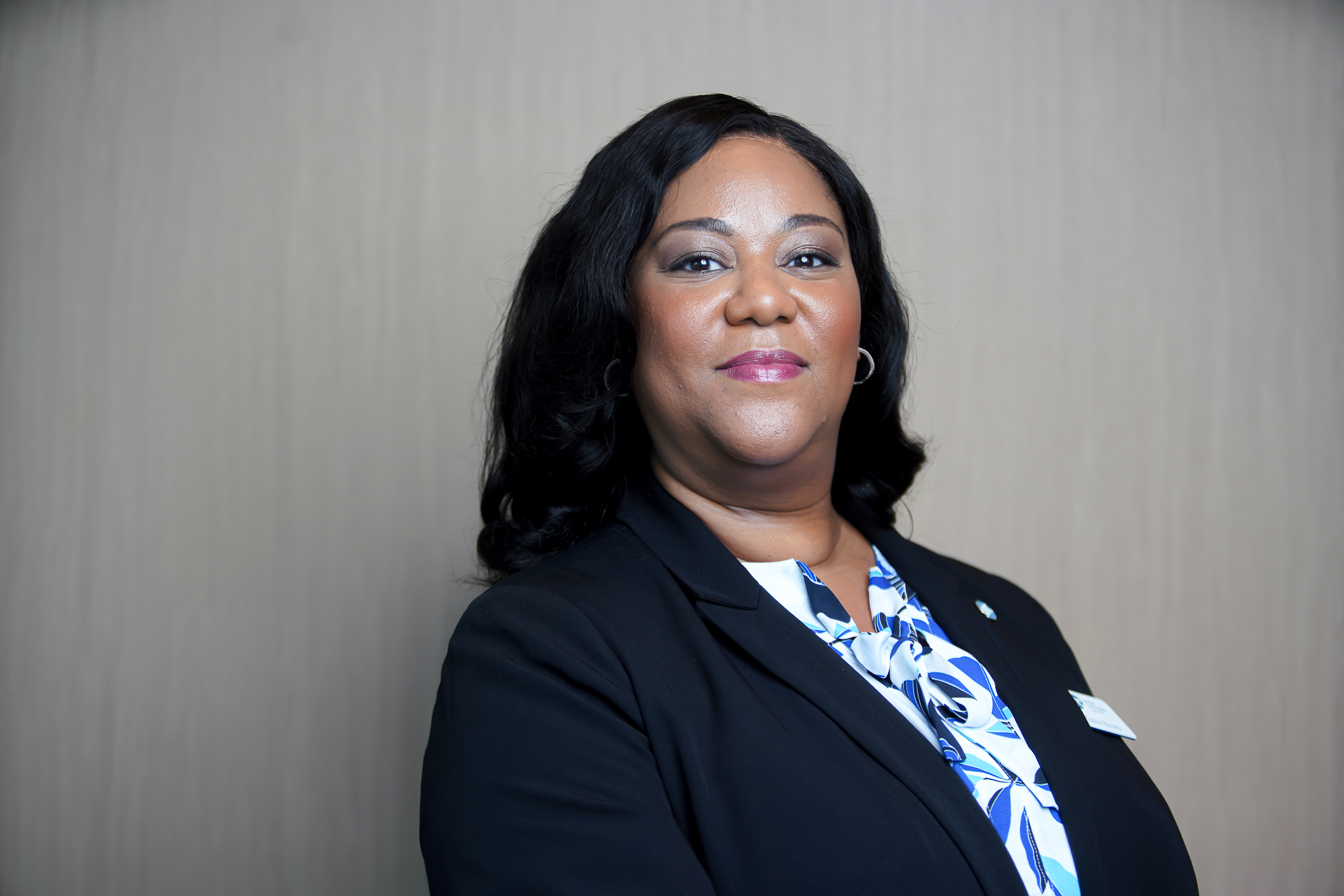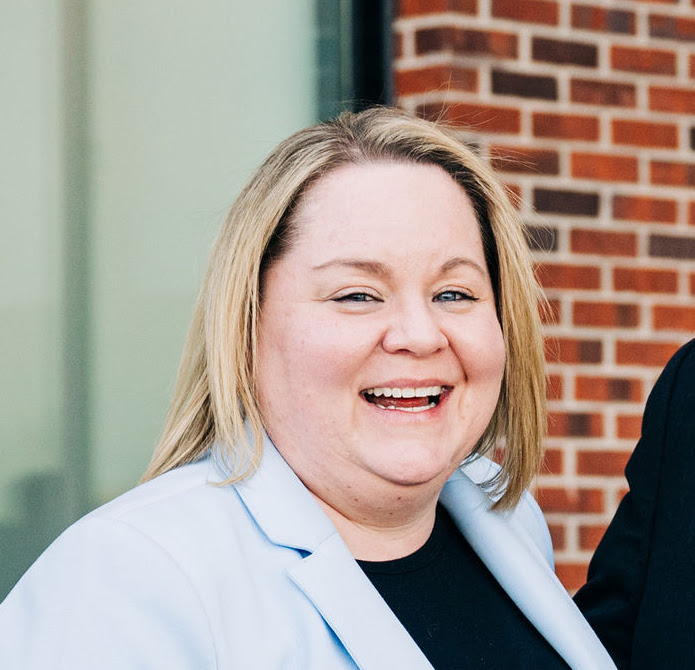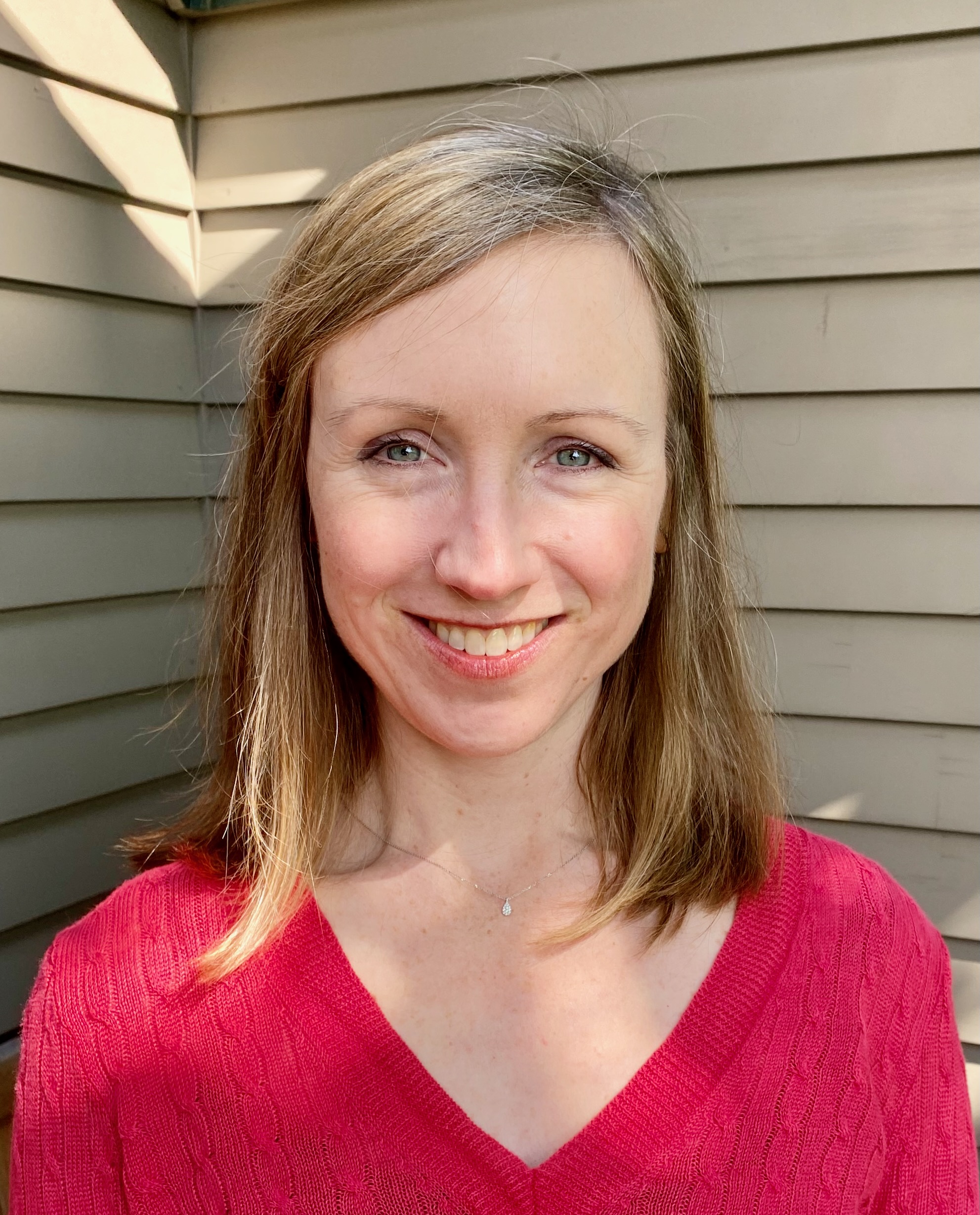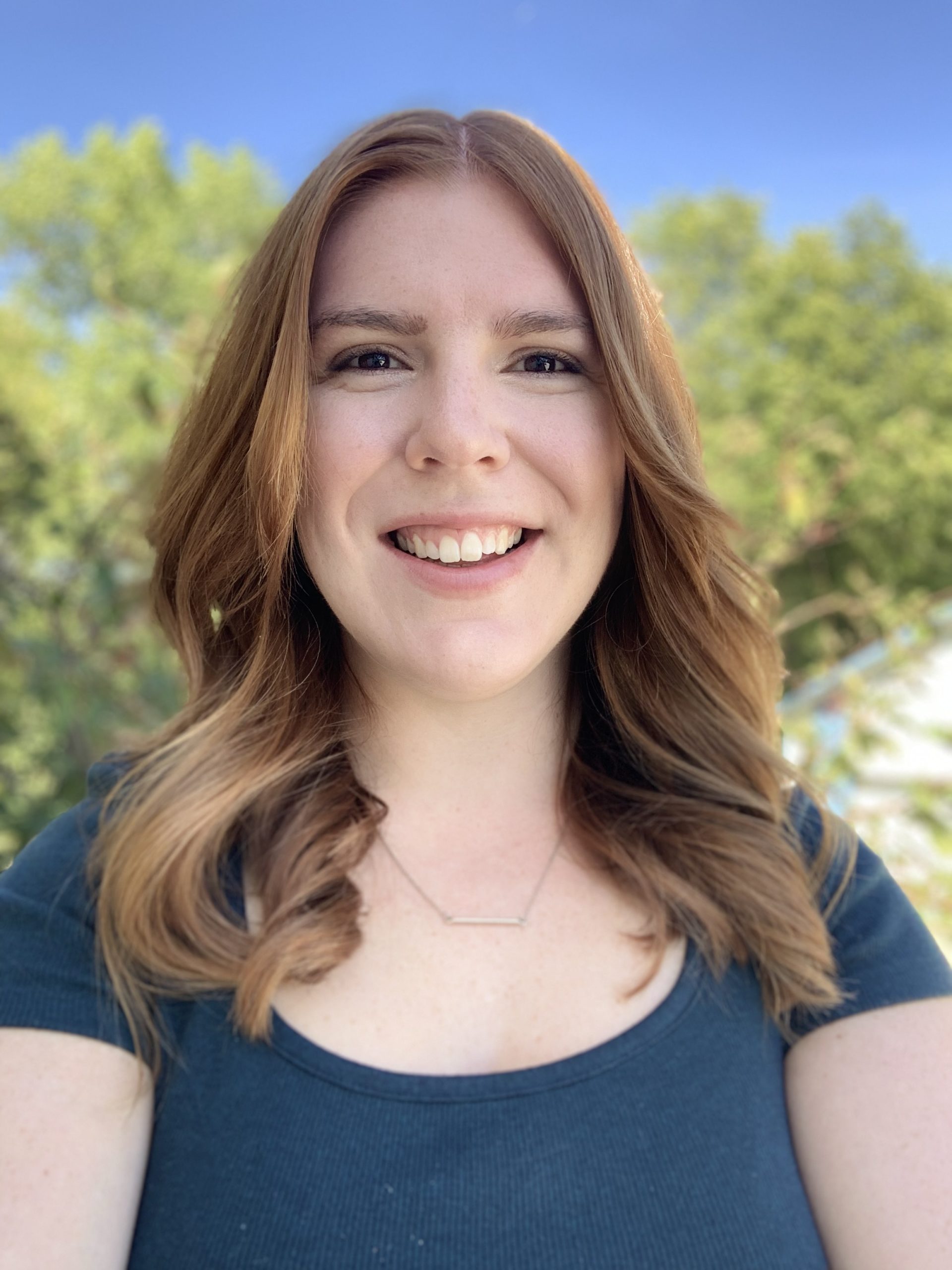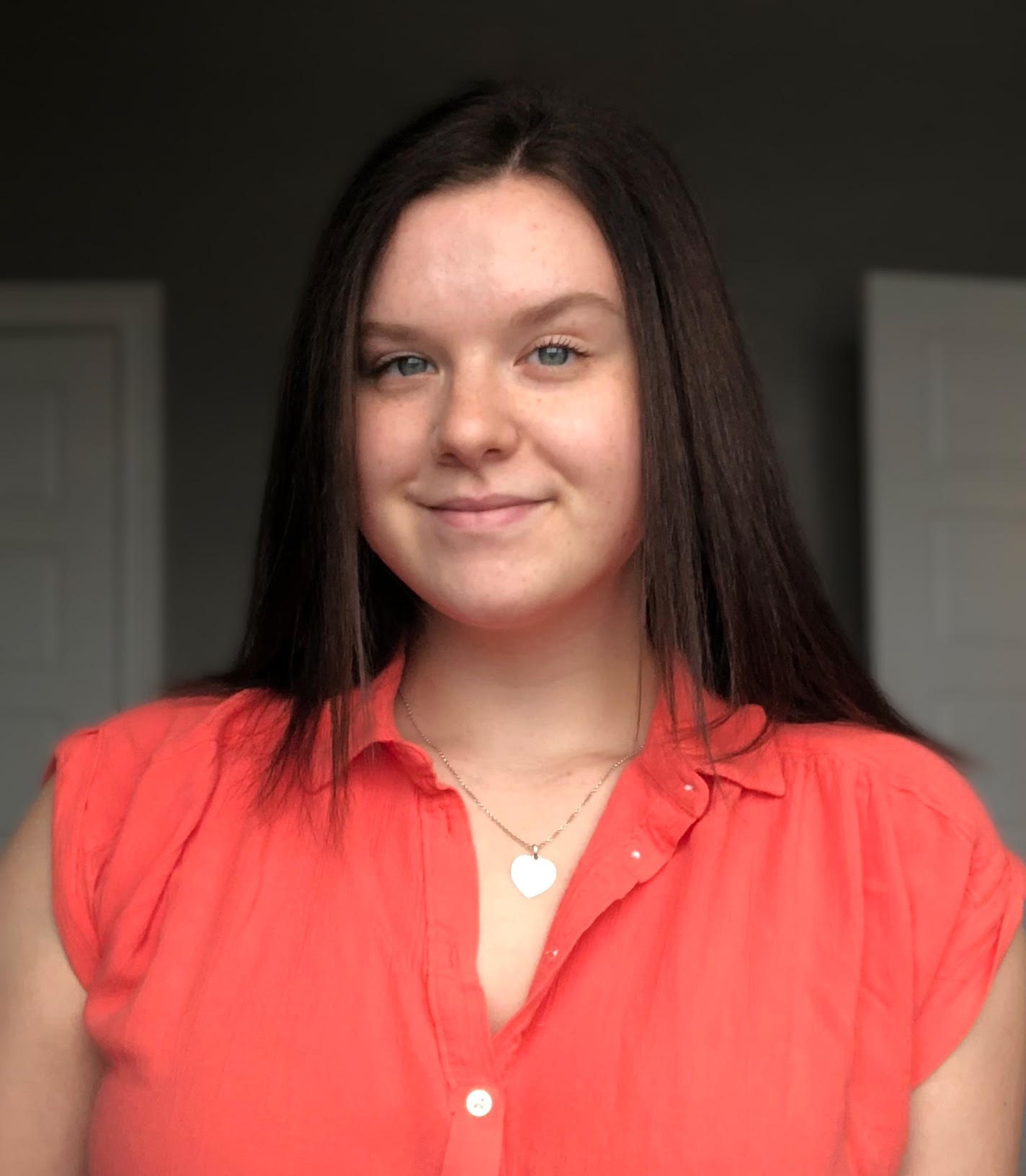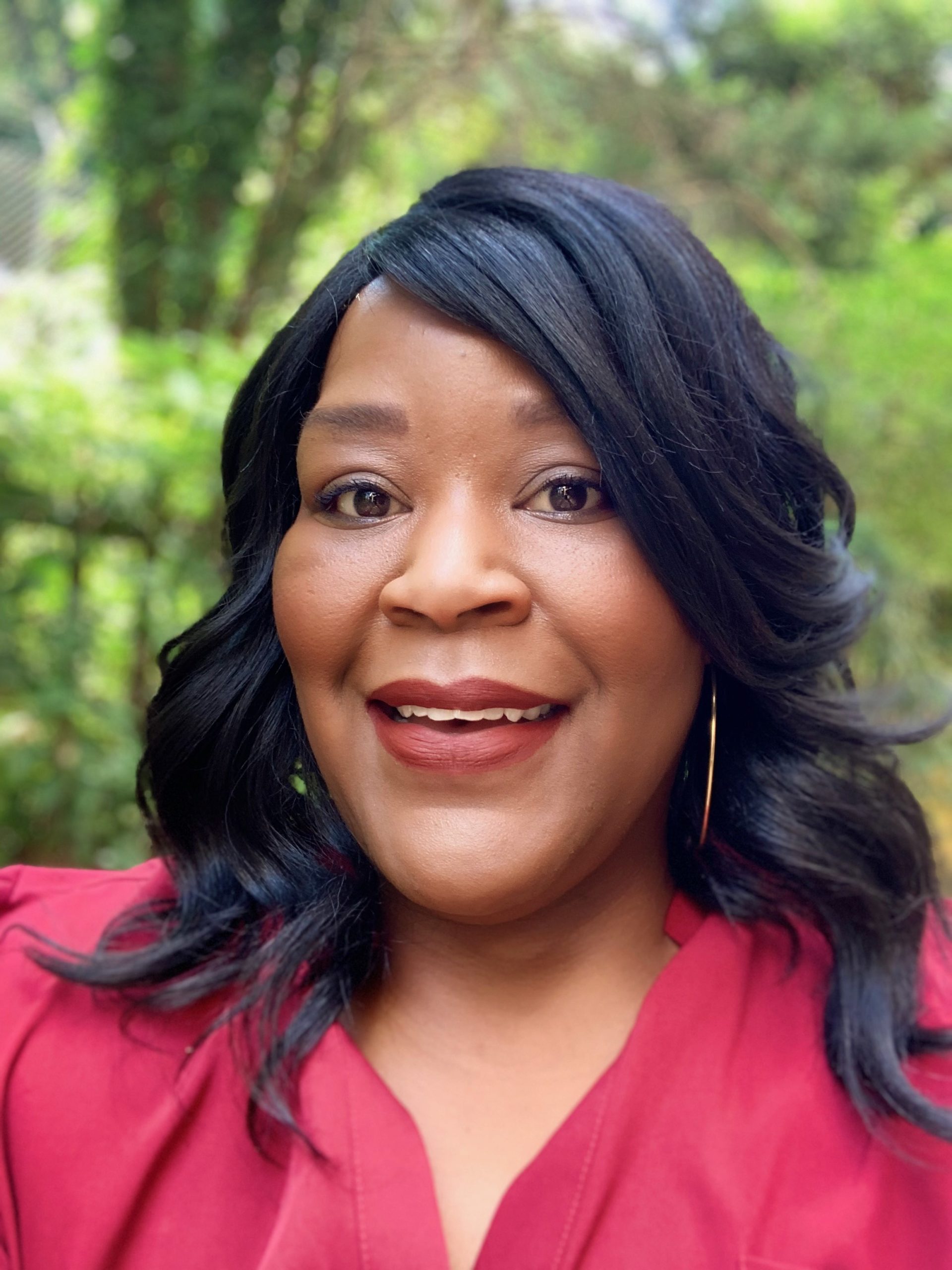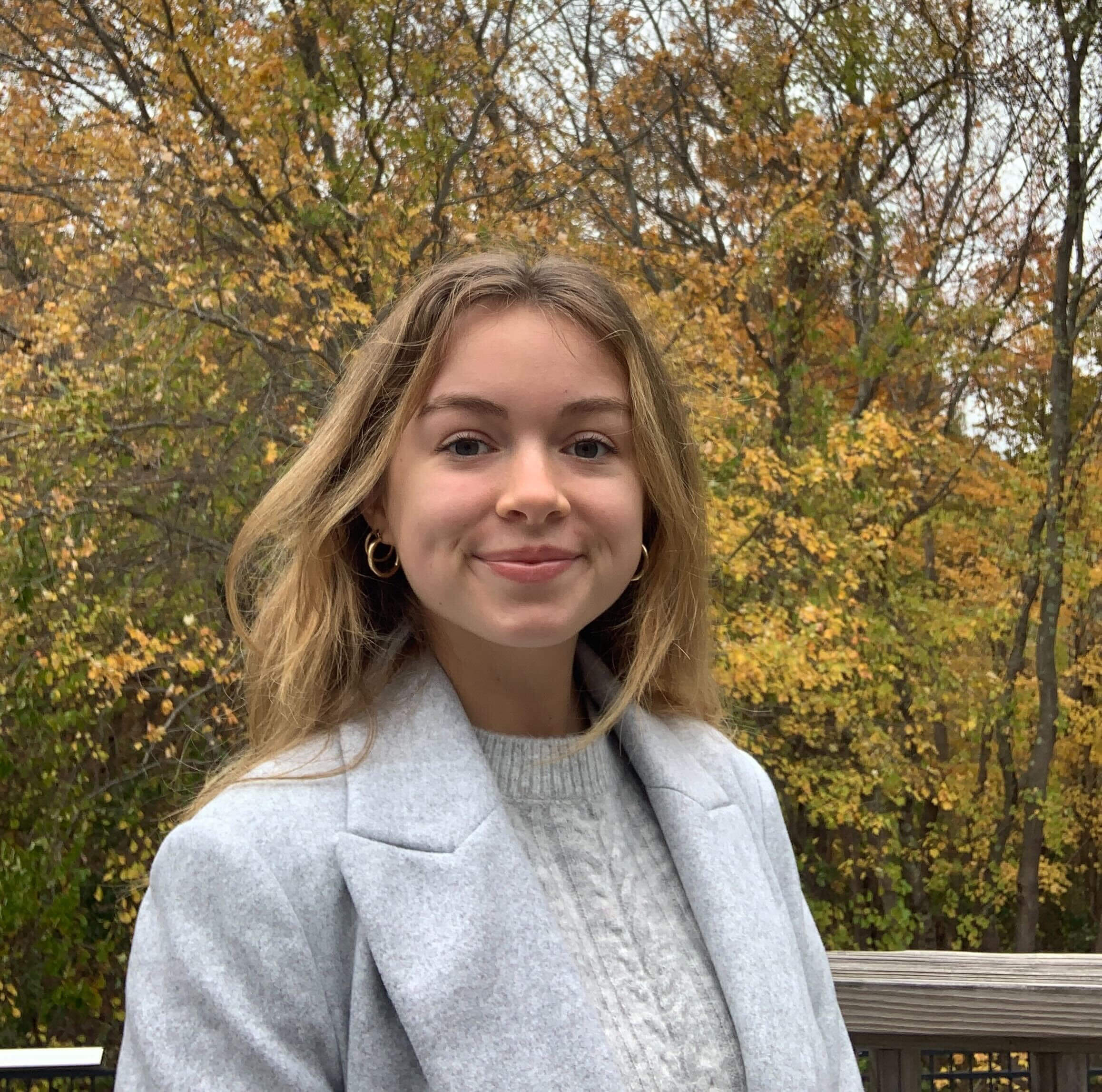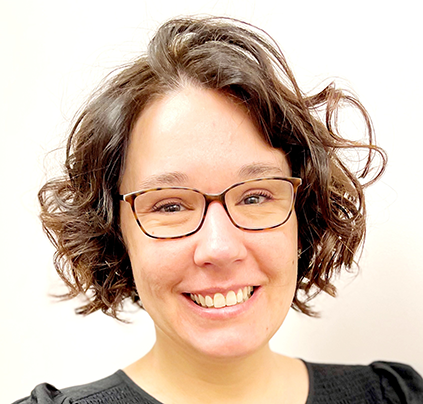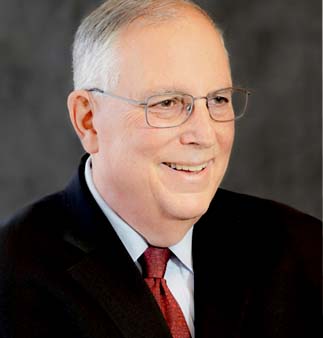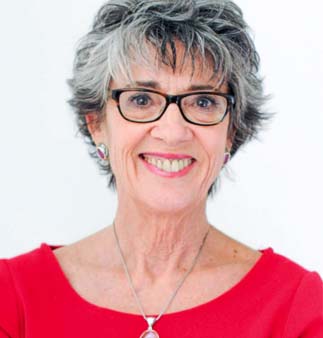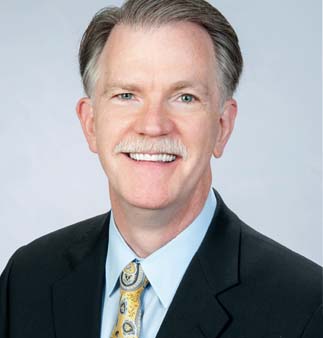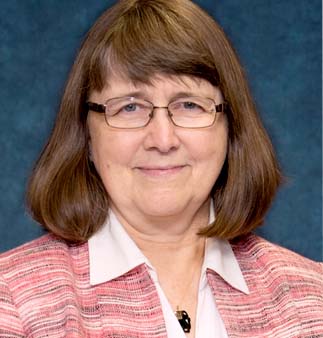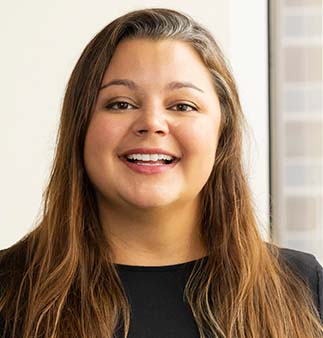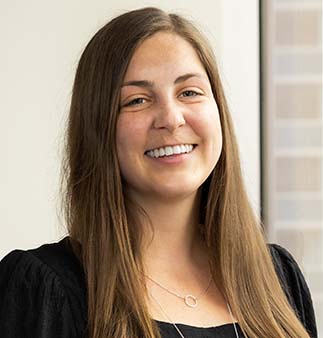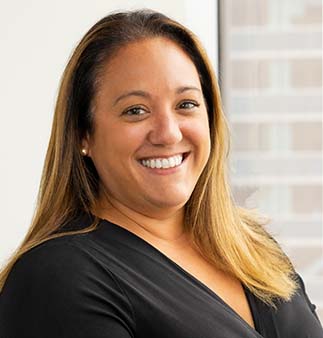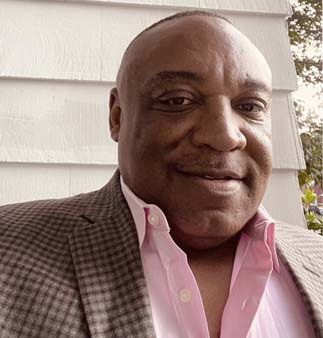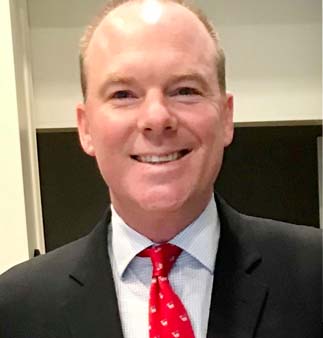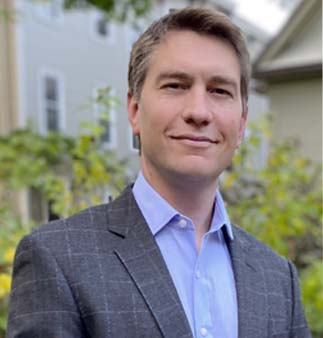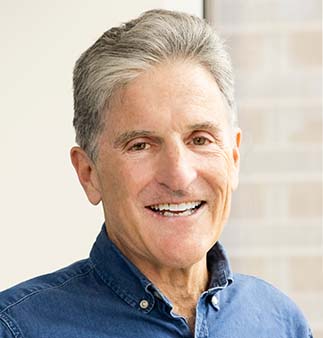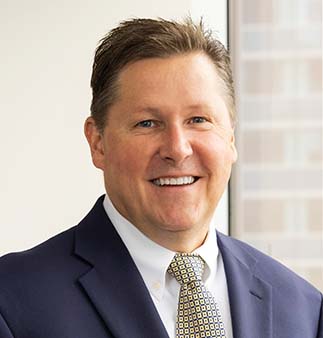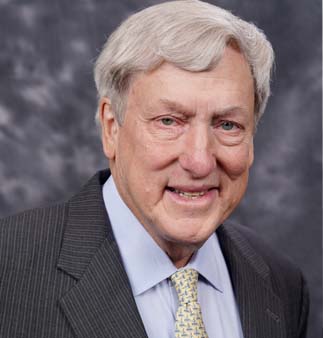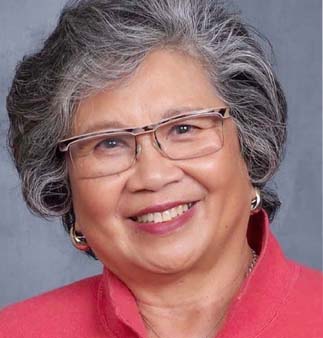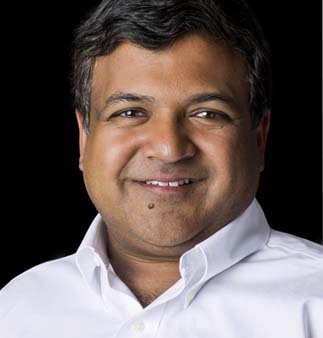What is PACE?
The Program of All-Inclusive Care for the Elderly (PACE)
is a federal-state program to finance comprehensive care for low-income frail elders.
PACE programs cover all Medicare and Medicaid services. They use an interdisciplinary team including doctors, nurses and home health aides, working with a comprehensive network of service providers. The programs are financed through global payments from Medicare and Medicaid, with rates based on the health of each participant. PACE is a caregiving model designed for individuals who wish to remain at home rather than being placed in a nursing home.
Many of the services are provided in a PACE center, typically around 15,000 square feet in size, with medical office space and an adult day program. A substantial portion of the medical care and support services is provided in participants’ homes. The Covid pandemic demonstrated the value of PACE’s flexibility: almost all services were shifted to participants’ homes.


The origin of PACE was in the On Lok program of San Francisco, which started serving elders almost 50 years ago and became a model for replication across the nation. PACE is available today in 32 states and the District of Columbia, covering about 70,000 participants through over 148 sponsoring organizations that run more than 326 PACE centers. For PACE programs across the country, 95% of family caregivers would recommend the program.1
The programs also lead to better health outcomes. Hospital stays are less frequent, which improves participants’ experience and reduces the ill effects that hospital stays can have on elders. Evidence indicates that rates of hospitalization, readmission and emergency room care are lower for PACE participants than for comparable populations. Reduced hospitalization and stronger provision of primary care and support services can also reduce costs. Several studies have shown that PACE programs produce significant savings for state budgets.2
1 October 2023 update to the National PACE Association’s infographic https://www.npaonline.org/docs/default-source/uploadedfiles/pdfs/infographic-pdf/npa-infographic-oct2023.pdf?sfvrsn=719af013_1
2 Lisa Harootunian et al., “Improving Access to and Enrollment in Programs of All-Inclusive Care for the Elderly (PACE),” Bipartisan Policy Center, October 2022. See p. 20 for health outcomes and p. 21 for cost effects.
